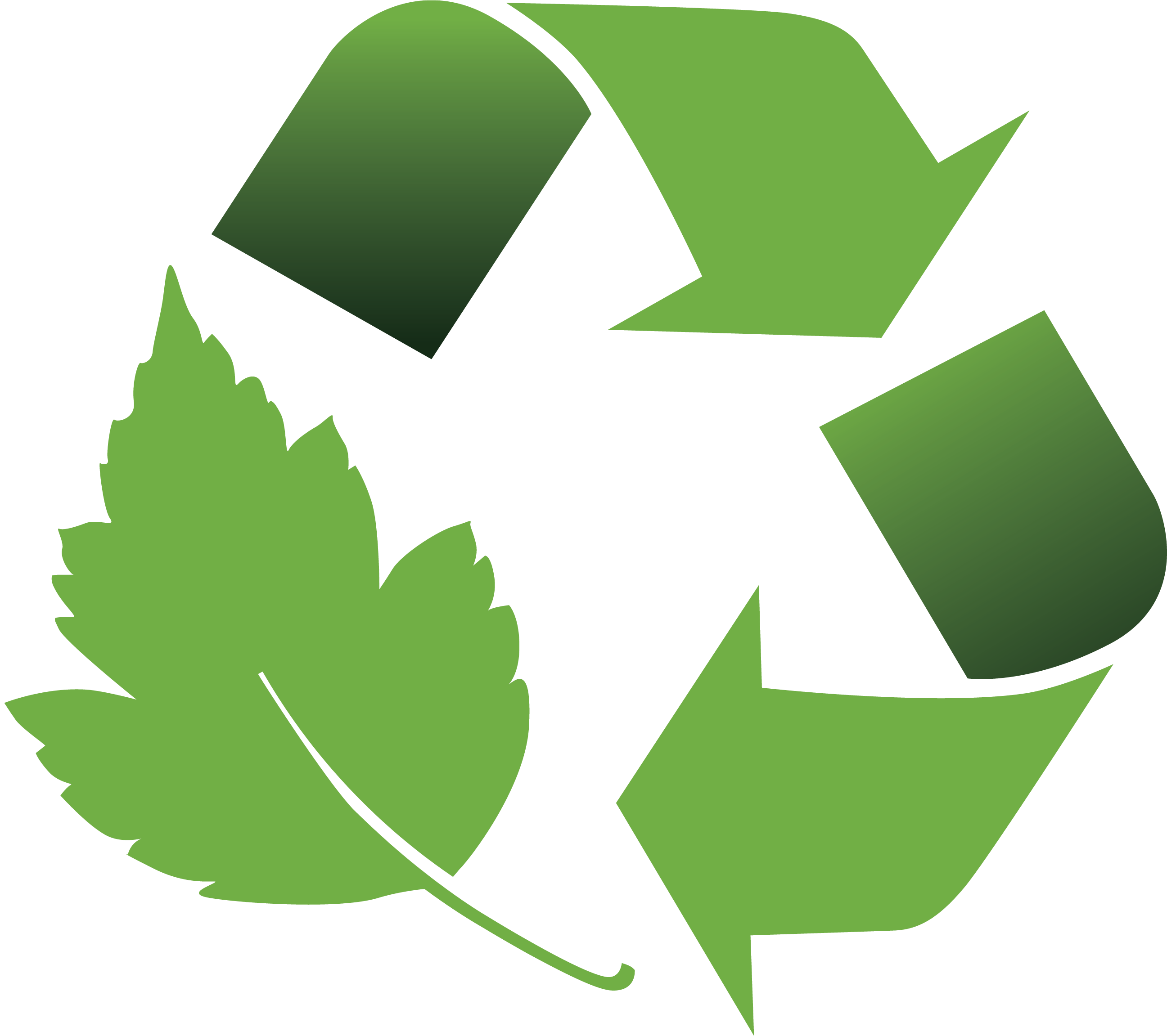What Causes Tarnish?

Like rust, silver tarnish is a form of corrosion.
When people think of metals and moisture, they often anticipate rust as the result. However, this is not the case for silver tarnish. If you’re concerned about your silverware or silver jewelry tarnishing, it's important to fully understand their process of corrosion. Silver tarnish does not occur in the same way traditional rust does.
What is Silver Tarnish?
What we refer to as silver tarnish is scientifically known as silver sulfide. Silver sulfide (Ag2S) occurs when silver (Ag) comes in contact with sulfur (S). It’s a dense solid that turns silver’s generally shiny exterior into a darkened and dull one.
Tarnish has plagued silversmiths and silver owners since the onset of the metal's utilization by humanity. You may have noticed from the chemical formula above, water (H2O) is not part of the equation. Silver is a noble metal and resistant to corrosion and oxidation in moist air.
But just because water doesn’t directly result in the rusting of silver, doesn’t mean moisture’s role in tarnish can be ruled out entirely.
The Role of Moisture in Silver Tarnish
If silver (Ag) is a noble metal naturally resistant to corrosion and oxidation, how could moisture have any effect on tarnish?
Great question! Here’s the answer:
Moisture and humidity may not have an effect on silver, but it does have a profound effect on sulfur (S). Sulfur is the crucial ingredient in the development of silver tarnish (Ag2S). When sulfur reacts with silver, you get tarnish.
The effects of temperature, moisture and its distance from sulfur influences silver’s corrosion rate. Corrosion rates increase as temperature and humidity increases because sulfur vapor pressure is more intense at higher temperatures.
In order for temperature and humidity to influence silver’s corrosion rate, sulfur molecules must be present and nearby. Therefore, the corrosion rate slows as the distance between the sulfur source and the silver increases.
Temperature and relative humidity alone do not play a major role in causing corrosion. Rather, the interaction between sulfur molecules and the silver’s surface determines the corrosion rate.
Is Sulfur the Only Cause of Tarnish?
YES – THAT’S THE ONLY CAUSE!
You could place silver in a room with 99.9% humidity. As long as no sulfur is present, no tarnish will occur.
People naturally assume that if moisture comes in contact with a metal, then corrosion will occur. Because silver is a noble metal, moisture itself has no direct effect on it.
However, if you think only having to defend against one variable (sulfur/sulfuric compounds) is easy, you’re mistaken!
How Common is Atmospheric Sulfur?
Atmospheric sulfur is more prevalent than you might think. Regardless of the location of your home or store, you’re more than likely being exposed to sulfur in some form.
100% pure sulfur – just like any other element – is a rarity. On the other hand, sulfur compounds can be found almost everywhere.
Sulfur dioxide (SO2) and hydrogen sulfide (H2S) occur naturally through the breakdown of organic compounds, the production of natural gasses, and human activity.
If you think the presence of sulfuric compounds in the atmosphere is a bunch of hoopla, simply expose any silver you own to the air for a few days. Even inside your home silver sulfide will begin to form on your silver’s exterior.
There’s simply no escaping the presence of sulfuric compounds in our atmosphere. This is especially true in areas of the world with less stringent environmental laws and higher rates of pollution.
Summary
- The only element that causes silver tarnish is sulfur.
- Silver tarnish is a form of corrosion.
- Silver tarnish is chemically known as silver sulfide (Ag2S).
- Silver is a noble metal and not reactive with moisture alone.
- Moisture and humidity alone will never cause silver to tarnish.
- Moisture has an effect on silver tarnish because it has an effect on sulfur.
- As the vapor pressure of sulfur rises, so too does the rate of silver corrosion.
We hope you found this blog informative! It’s important to know the science behind tarnish because it gives you a better idea of how to subdue it!




